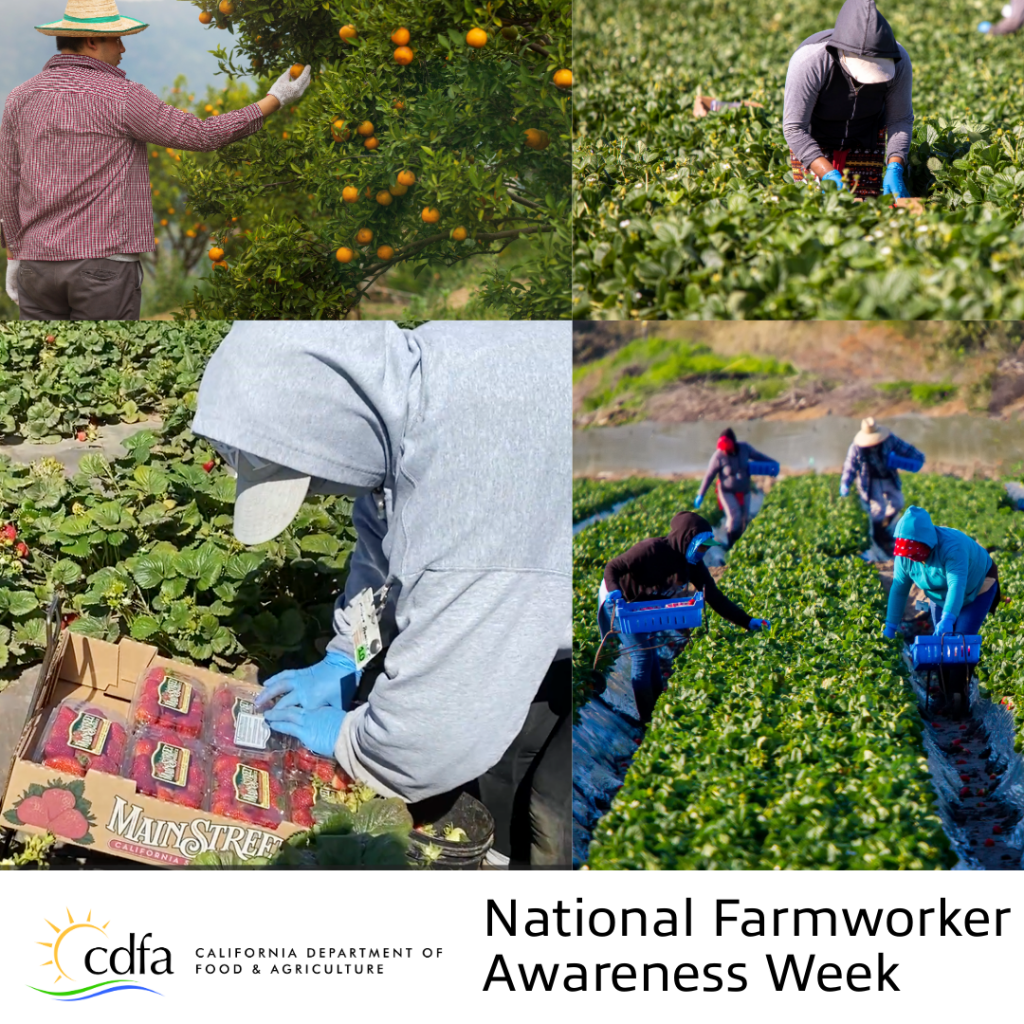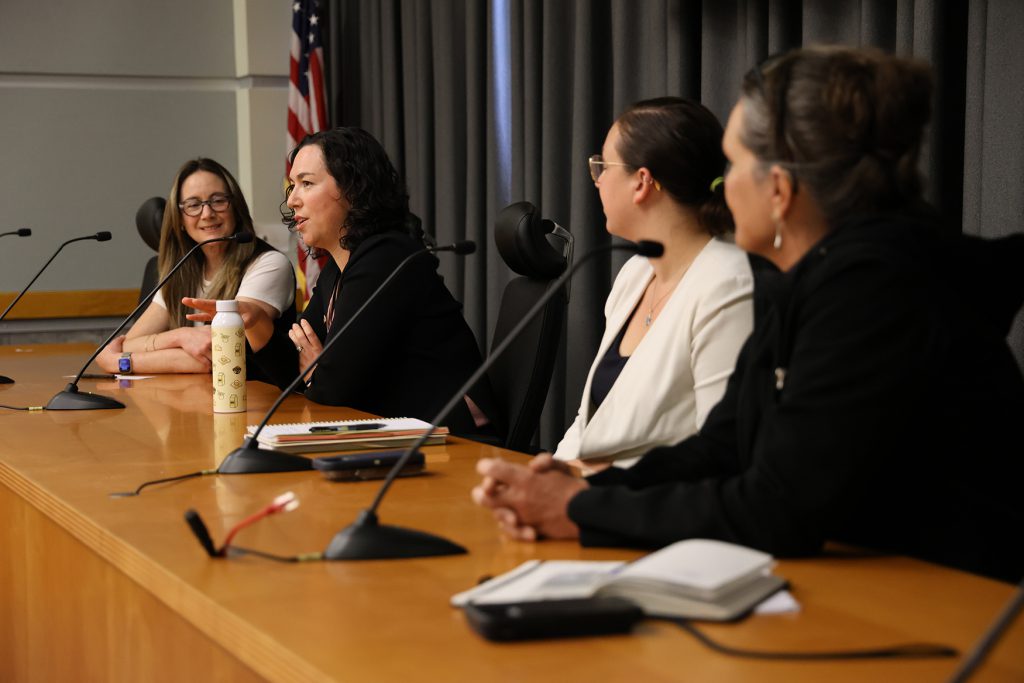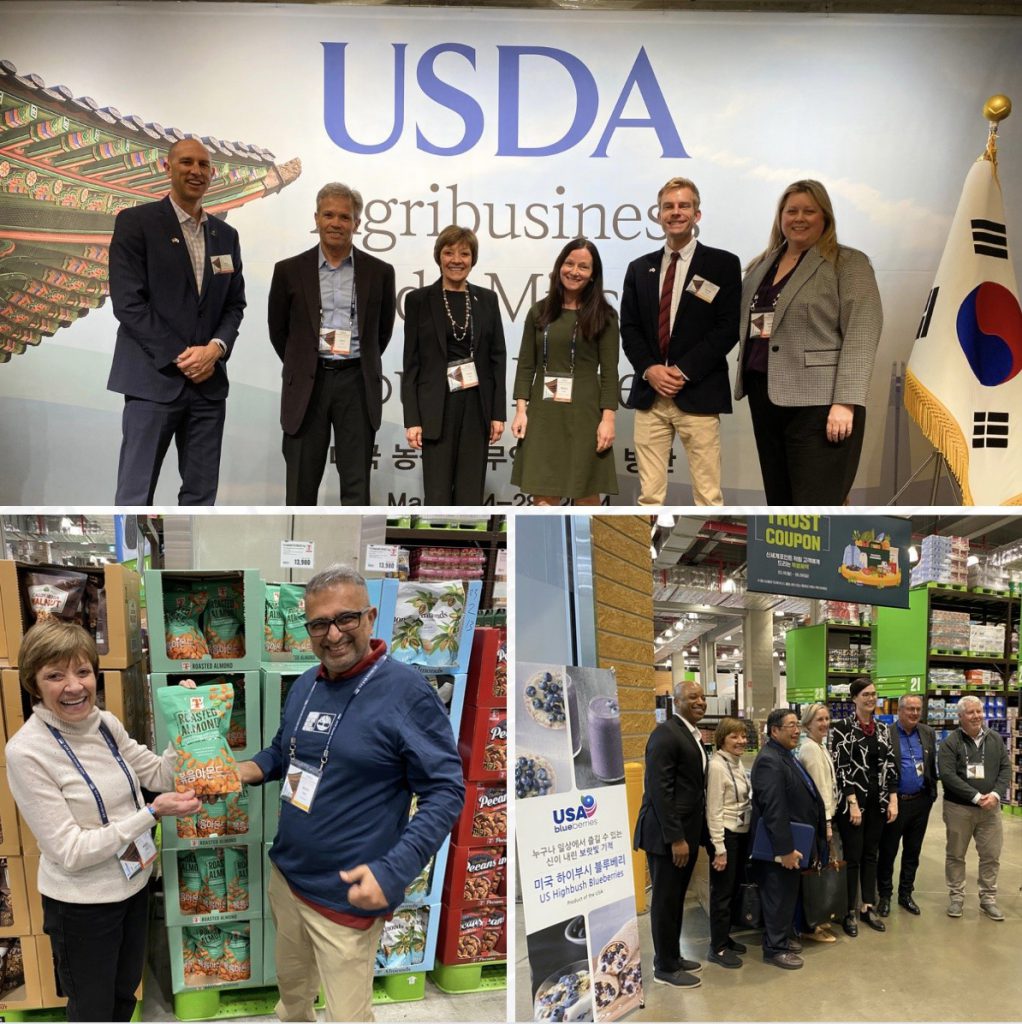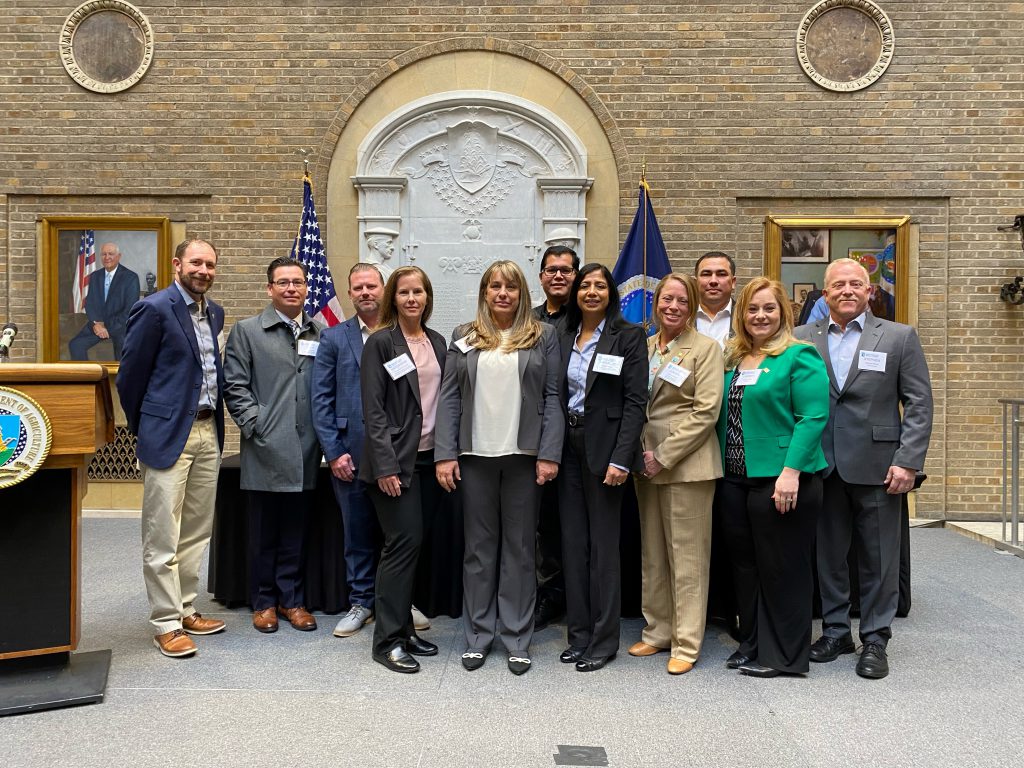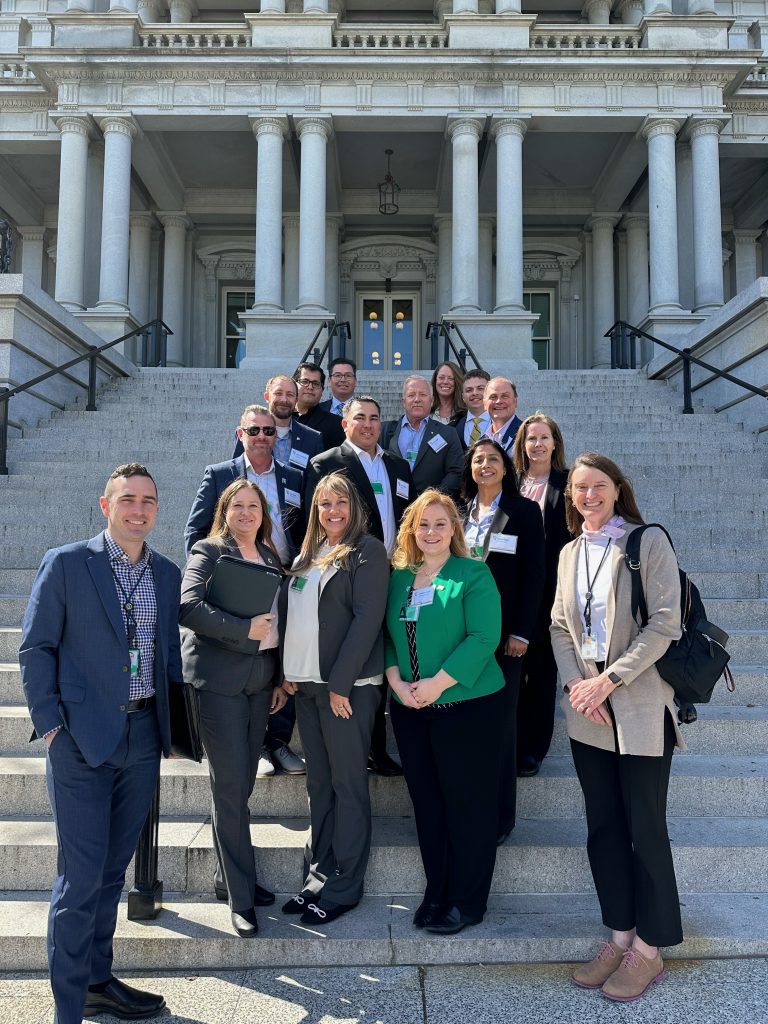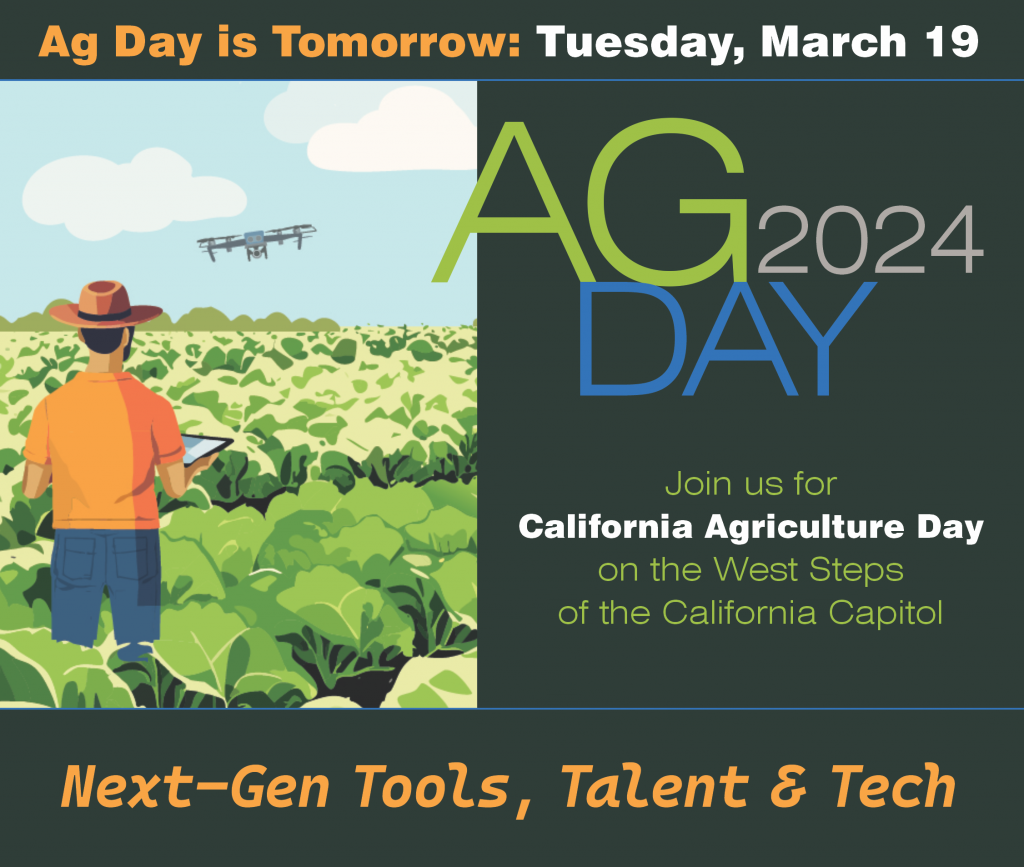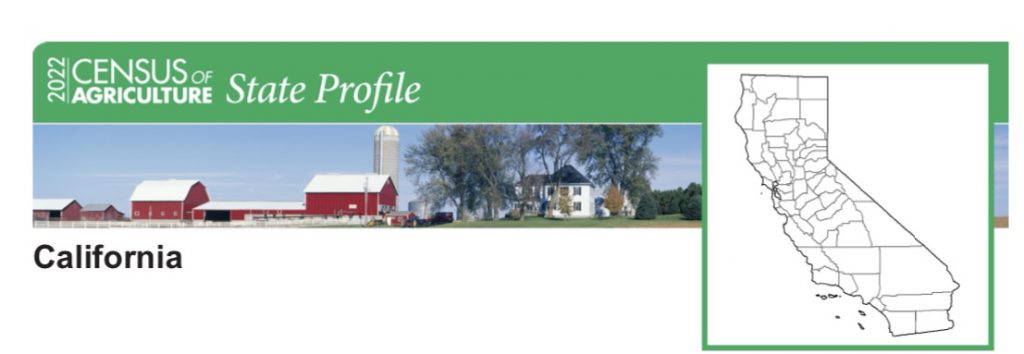
The USDA’s National Agricultural Statistics Service (NASS) continues to unveil data from the 2022 Census of Agriculture, including the release of newly-developed state and county profiles.
California is the leading agricultural state in the nation, with more than $59 billion in farm sales in 2022, and that accounts for 11 percent of the national total.
Of the state’s 63,134 farms, 62 percent are fewer than 50 acres, and 90 percent are family-owned.
NASS released the Ag Census on Feb. 13, 2024. Data points cover millions of pieces of information about America’s farms and ranches and the people who operate them. The once-every-five-years Census of Agriculture remains the only source of uniform, comprehensive, and impartial agriculture data down to the county level.



